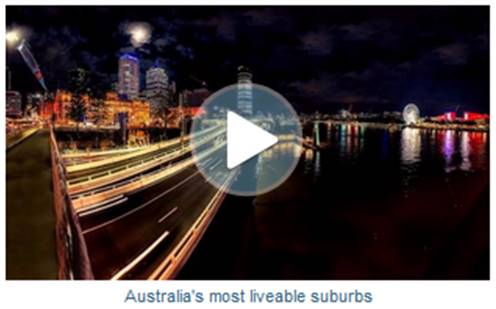The 7 suburbs were South Brisbane, Dutton Park, Spring Hill, Kangaroo Point, Corinda, Indooroopilly and Fortitude Valley. The suburbs were ranked based on ease of access to schools, parks, beaches and the CBD, by car or public transport and were compiled by realestate.com.au using its own online trends and Australian Bureau of Statistics data.
The Brisbane suburbs in the top five are all a 10 minute drive or less from the CBD, whereas it takes approximately 18 minutes by car to get to St Kilda. There’s no comparison when it comes to affordability either. The median house price in St Kilda West is $2.6 million, while it’s $1 million less in South Brisbane.
The number one suburb to invest in for rental performance is Chigwell in Tasmania, according to CoreLogic’s latest Top Rental Performers report.
Houses in Chigwell have a rental yield of 7.4% and a median value of $226,065, which also makes it one of the most affordable suburbs.
The report identifies suburbs across the country where rental yields are higher than 5% per annum. Tim Lawless from Core Logic pointed out that these areas have been identified as making the grade as ‘best rents’ because they demonstrated solid rental yields, consistent rental growth and vacancy rates of less than 3%.
The report features 34 Australian suburbs where houses offer good rental opportunities and 24 Australian suburbs where units offer the best rental value, while simultaneously demonstrating capital growth. Most of the suburbs nominated in the report are found in regional and coastal markets as well as some satellite cities.
It is one thing to judge performance on rental return but, as buyers agent Rich Harvey points out, it’s important to look at their combined return – rental return and capital growth.
There are substantial benefits to generating wealth through capital gains as the tax is postponed until the property is sold rather than being paid at the investor’s marginal rate, assuming the property is or becomes positively geared at some point.
Also, investors can use the equity generated over time to leverage and buy further investments, which is not possible with high yield/low capital growth properties.
